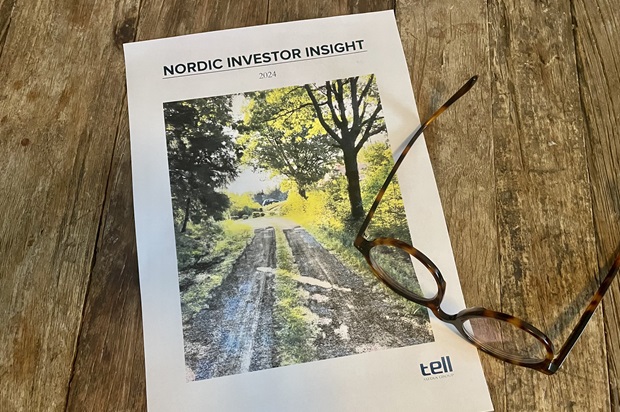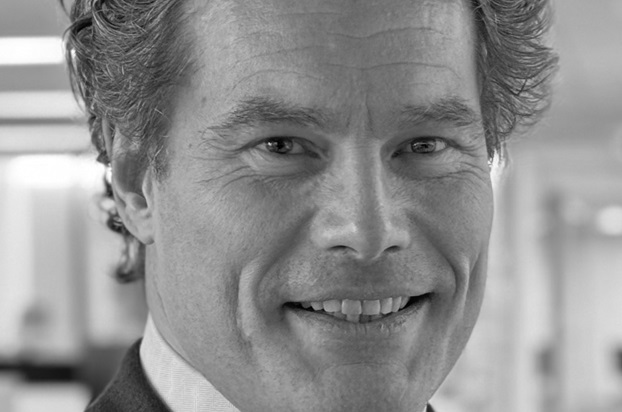
Russia, exclusions versus engagement and returns
Earlier this year, Tell Media Group, in cooperation with Barings, Insight Investment and MFS Investment Management, invited investors to discuss emerging market debt. Tell Media Group founder Niklas Tell and Nordic Fund Selection Journal editor Caroline Liinanki moderated the roundtable.
The discussion started out with Niklas Tell asking the investors about their current exposure to emerging market debt and how this has changed over recent years.
KLAUS SØLUND: “Our allocation has actually been fairly stable over time. We’re a growing pension fund so we have added capital but as a percentage of our overall assets, it has been stable. We sometimes reallocate within the asset class and right now we have increased our high yield position. In terms of internal versus external, it’s a mix where we manage some 60 per cent internally and the rest externally. We specifically don’t do emerging market corporates internally.”
THOR SCHULTZ CHRISTENSEN: “I joined Velliv a year and half ago and then it had already been decided that we should change our exposure – especially when it comes to local currency. Our EMD hard currency exposure is unchanged and part of our return seeking portfolio. Local currency is now managed internally. What we’ve done is replaced developed markets with high quality emerging market local currency debt to get exposure to local interest rate curves in these markets. This part of the portfolio is also used for diversification purposes and our core competence internally is to identify the top emerging market countries where we see a potential for interest rates to fall if we have an economic downturn. Our allocation is currently roughly 50/50 between externally managed hard currency and internally managed local currency.”
CAROLINE LIINANKI: What is the role of emerging market debt in a portfolio and why should you have an allocation?
THOR SCHULTZ CHRISTENSEN: “We invest in emerging market hard currency debt because we believe that there are returns to be found there, whereas an allocation to local currency debt is more for diversification reasons. Chinese debt, for example, will give you some 3 per cent in returns but then the currency hedge will cost you some 3 per cent, which makes it comparable to German rates. However, there’s more room for Chinese rates to fall if there’s a crisis compared to German rates.”
RICARDO ADROGUÉ: “The diversification is the main reason to invest. And if you pick the right credits and the right countries, you can get a higher yield. When you look at the long term – in US dollar terms – the risk characteristics are compelling relative to other risk assets. You typically get shorter drawdowns, consistent returns over time and diversification.”
SIMON COOKE: “It’s absolutely a return driving asset class over the long term, with consistently high Sharpe ratios. And if you look at the hard currency universe, it’s important to recognise that emerging market debt is not what it was 10 years ago. Today, the hard currency universe is USD 4 trillion and across corporates and sovereigns, you’re talking about some 1500 issuers from 100 countries, providing significant diversification. That also means there is a huge, heterogeneous opportunity set for active managers to exploit when you have short sharp indiscriminate drawdowns, like right now, which have historically corrected very quickly.”
WARD BROWN: “What drives these strong sharp ratios and returns over time is the way investors approach the asset class. They tend to treat it as one homogenous block and when something like Russia/Ukraine happens, there’s not a lot of fundamental spillover to other parts of the asset class but investors just exit the asset class. That creates an excessive risk premium over time and it happens time and time again. There’s always a crisis somewhere in the emerging world that mostly doesn’t spill over to other parts and yet we see this risk premia built into the asset class. I would also echo what Ricardo said – it’s a good asset class for active managers because we can hopefully avoid the problems and instead focus on the fundamentally sound areas.”
The roundtable discussion was published in issue 02 of Nordic Fund Selection Journal and a PDF of the complete story can be found here.
//Participants
- KLAUS SØLUND, Senior portfolio manager, PensionDanmark
- THOR SCHULTZ CHRISTENSEN, Head of fixed income, Velliv
- GEORG SKARE LUND, Head of manager selection, Storebrand
- SIMON COOKE, Portfolio manager emerging market fixed income, Insight Investment
- WARD BROWN, EM debt fixed income portfolio manager, MFS Investment Management
- RICARDO ADROGUÉ, Head of global sovereign debt and currencies, Barings



